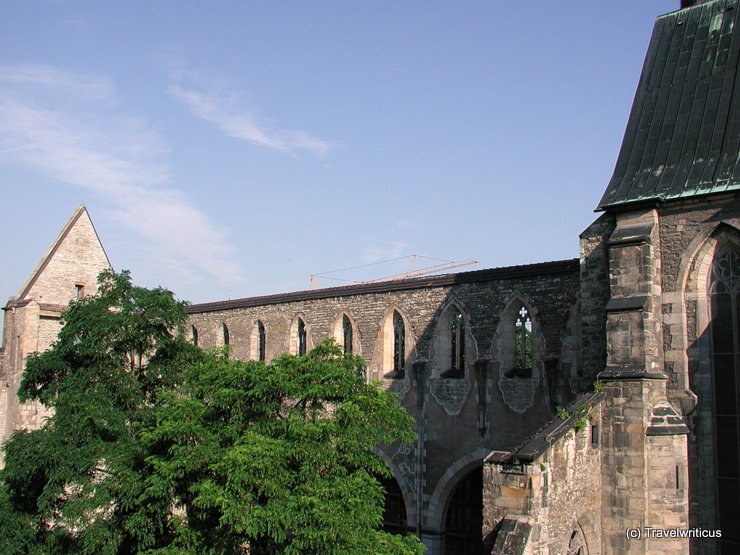
During a stay at an IBIS hotel in Erfurt, I had this view from my room: It shows the ruins of the Barfüsserkirche, a church named after an order of the Franciscan (Barfüsser). A bombing raid destroyed the building in 1944.
You only see what you know (Goethe)

During a stay at an IBIS hotel in Erfurt, I had this view from my room: It shows the ruins of the Barfüsserkirche, a church named after an order of the Franciscan (Barfüsser). A bombing raid destroyed the building in 1944.
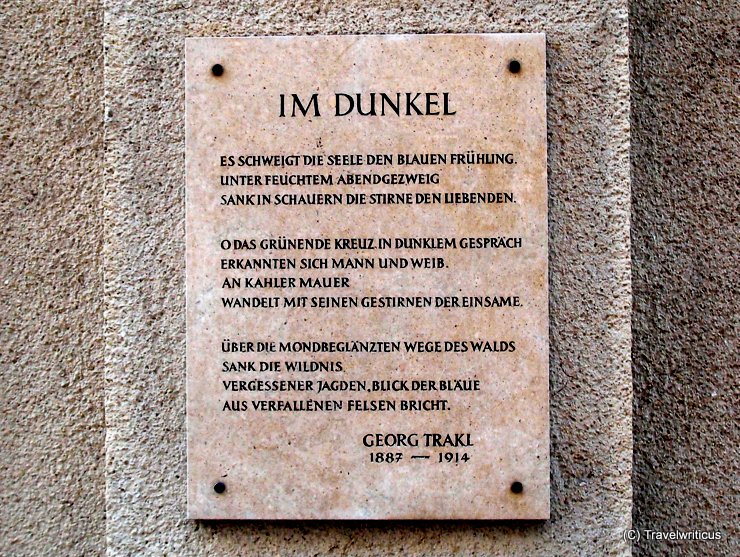
A famous son of Salzburg is not only Wolfgang Amadeus Mozart but also the poet Georg Trakl. The Salzburg-born author lived the first 21 years of his life in this city. You see boards with his poems scattered all over the central town.
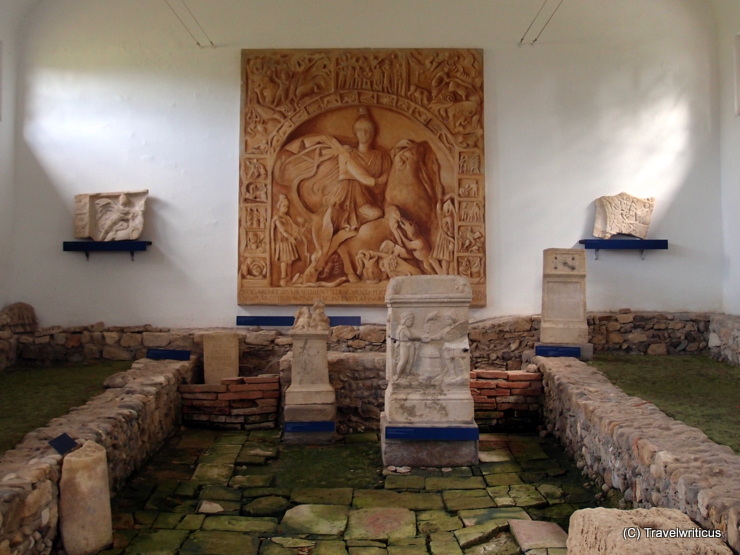
A protective building in the style of an ancient Roman sanctuary shelters the remains of the Mithras Shrine III in Ptuj. The shrine was erected in the sixties of the 3rd century by soldiers of the Legio XIII Gemina.
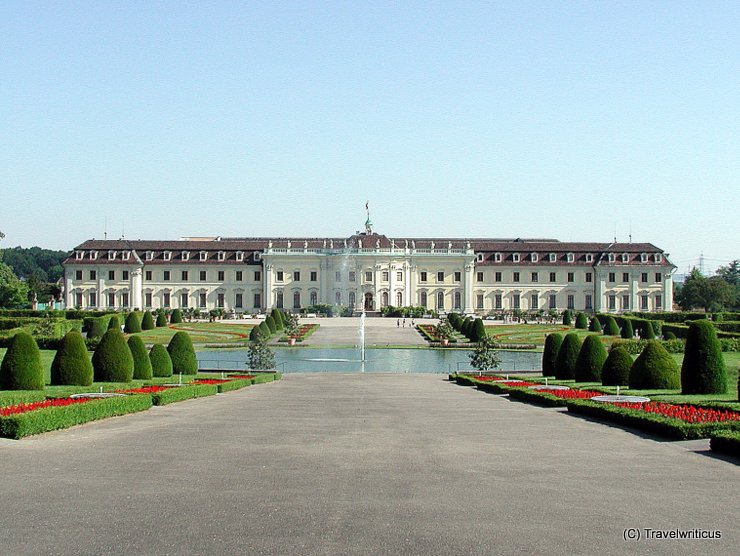
The Residential Palace of Ludwigsburg (Residenzschloss Ludwigsburg) is one of the largest Baroque complexes among the castles of Baden-Württemberg. A park behind the palace shows scenes from well-known children’s fairy tales with elaborate buildings. [German]
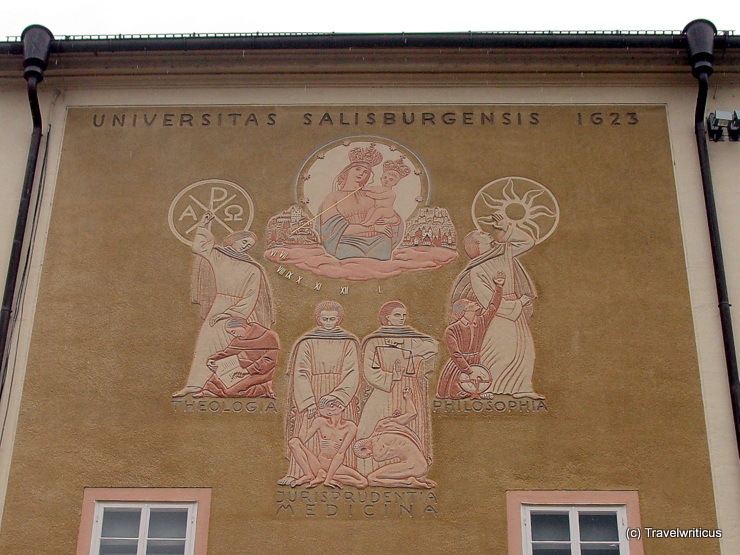
This fresco with a sundial is located on a wall of the old university at the Max-Reinhard-Platz. It was created by Georg Jung (1899-1957). The depictions refer to the university founded in 1622. [German]
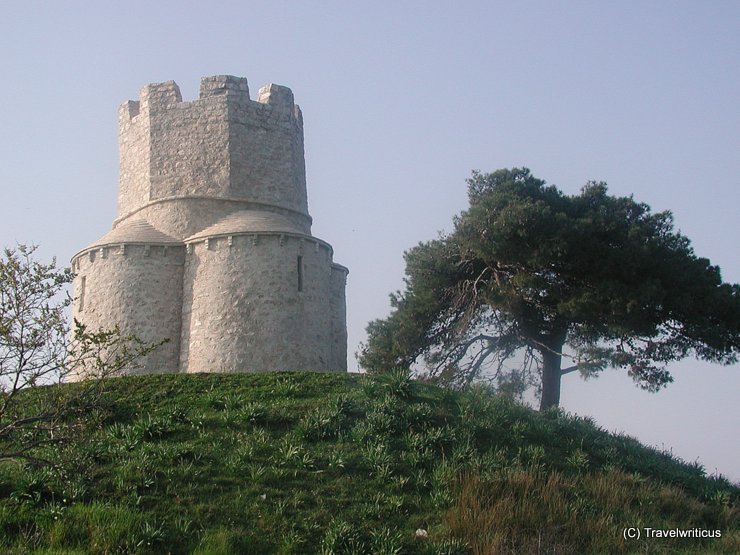
While driving to Nin, you may see a slightly inclined tower on a hill. It belongs to Sveti Nikola (St Nicholas Church), an example of early-Romanesque architecture in Dalmatia. The fortress-like part is a watch tower added during unsafe centuries. [German]
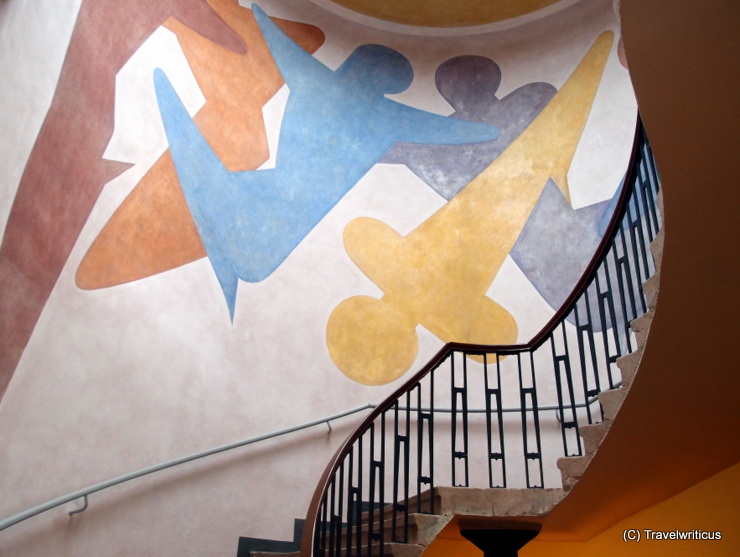
The Van de Velde Building was designed by Henry van de Velde for the Grand Ducal Saxon School of Arts and Crafts. Today it houses the Faculty of Art and Design of the Bauhaus-Universität Weimar. At the central staircase you can see a restored mural, originally made by Oskar Schlemmer.
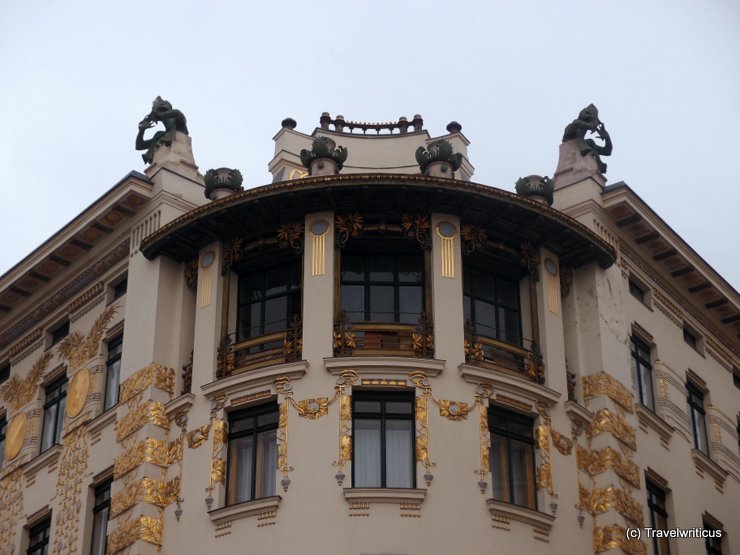
The building N° 38, situated on the Linke Wienzeile (6. District), was designed by Otto Wagner. Koloman Moser created the golden ornaments. You find this facade next to the Naschmarkt, one of the most popular markets in Vienna. [German]
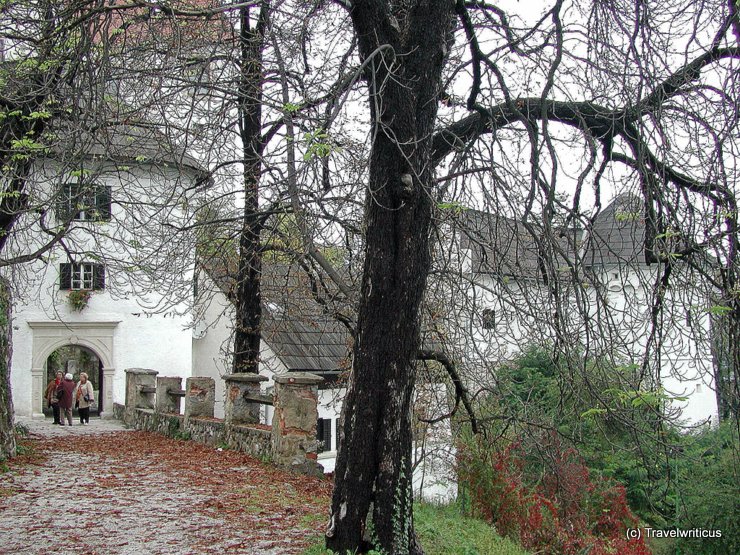
Velenje Castle (Velenjski grad) is a well-preserved castle high over the Slovenian city of Velenje. It offers an intriguing museum inside. For example, you see the reconstruction of an old grocery shop and the remains of two mastodons.
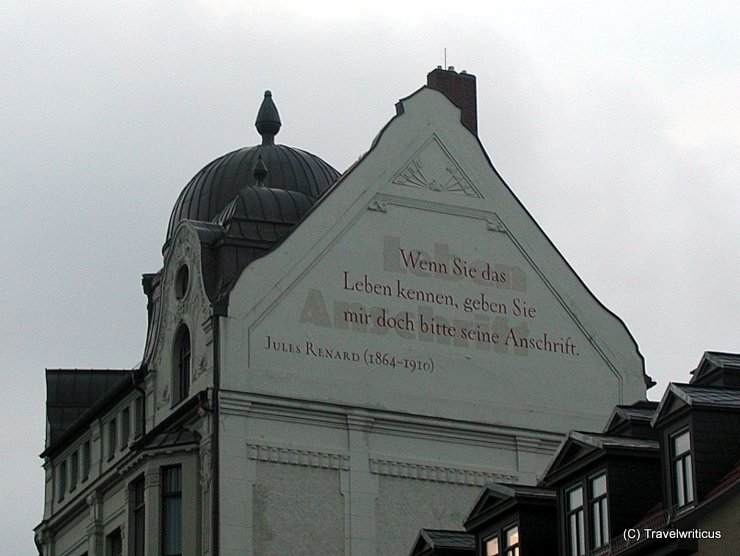
The quotes on the house walls of Weimar are a challenge for attentive walks. They inspire not only to look at gable ends but also to reflect. This quote from Jules Renard made me pensive: “If you know life, please give me its address”. [German]
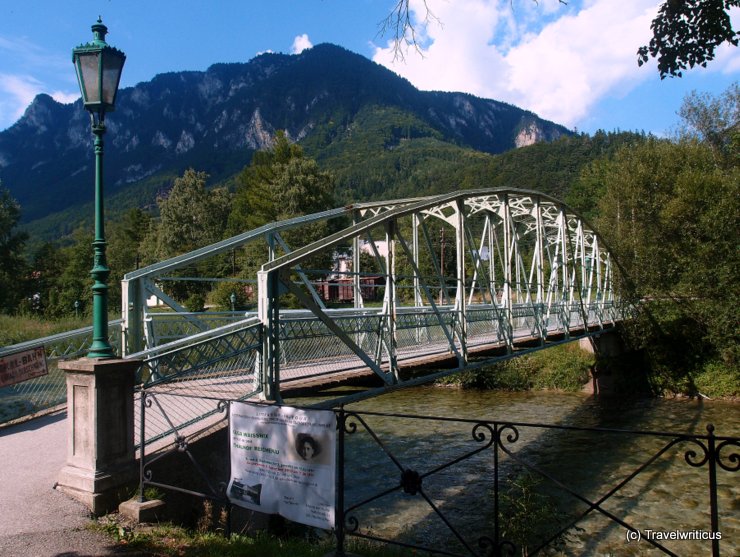
On my way to the Reichenau railway station, I crossed the Schwarza on a pedestrian bridge with filigree iron construction. The elegant lanterns reminded me that I walked on the grounds of a famous spa town in the era of the Austro-Hungarian Empire. [German]
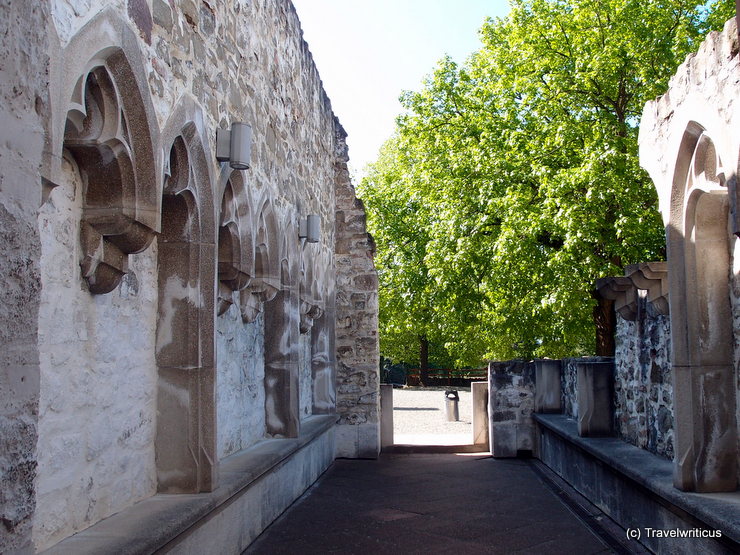
King Charles I of Hungary commissioned the first Royal House in the 14th century. In the 15th century, Matthias Corvinus renewed the palace in late Gothic style. After the Ottoman siege in 1544, the building fell into ruins. Its excavation began in 1934 and continues today.